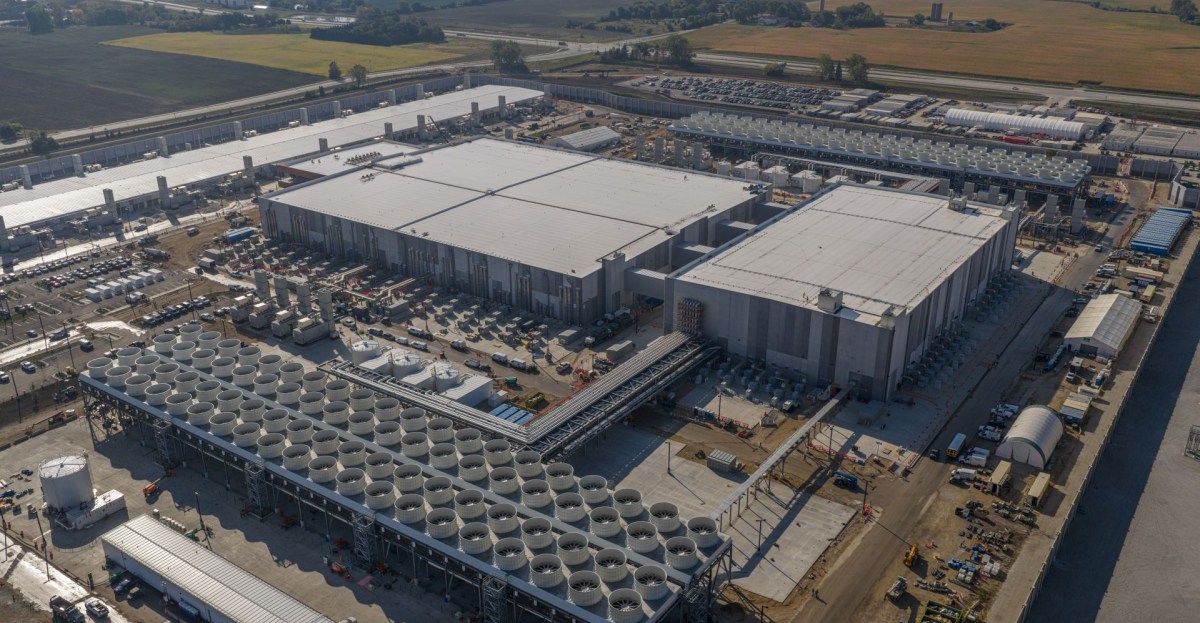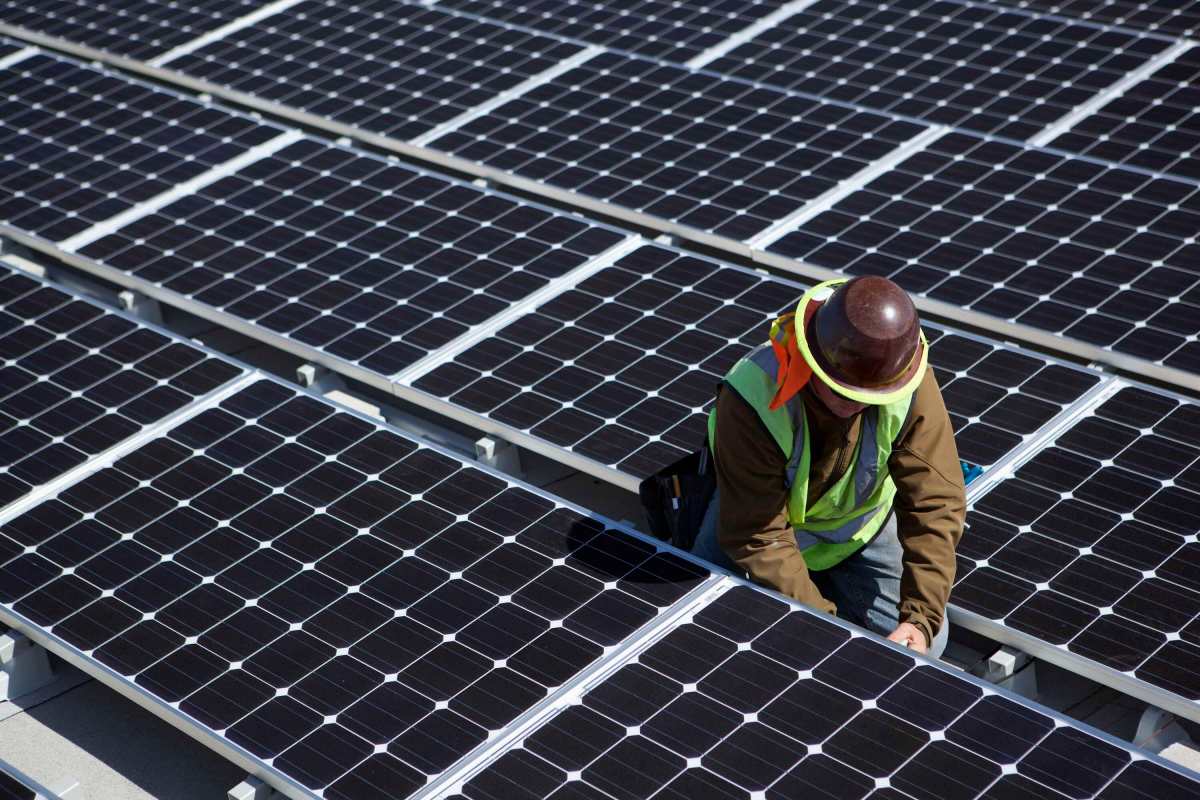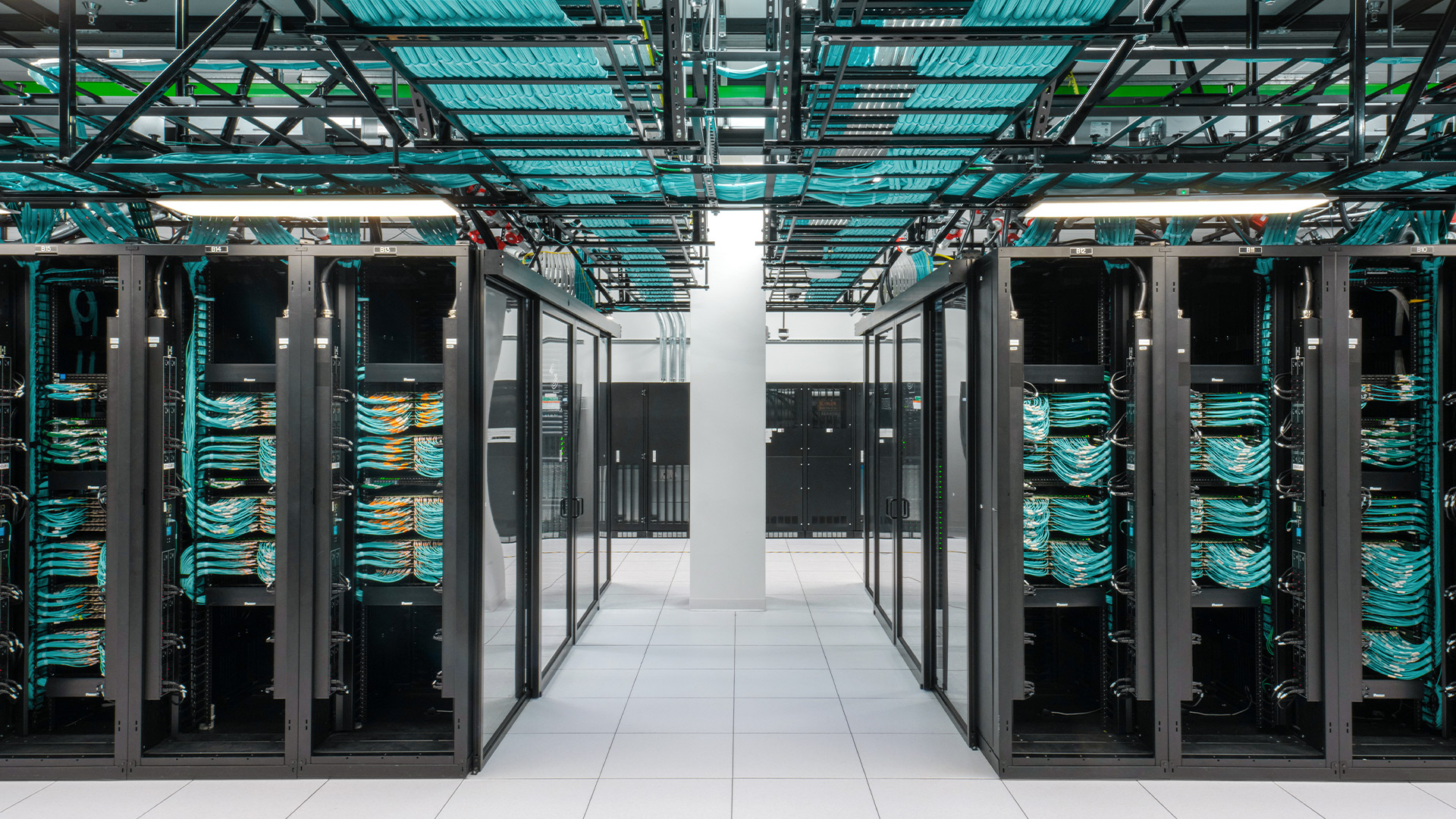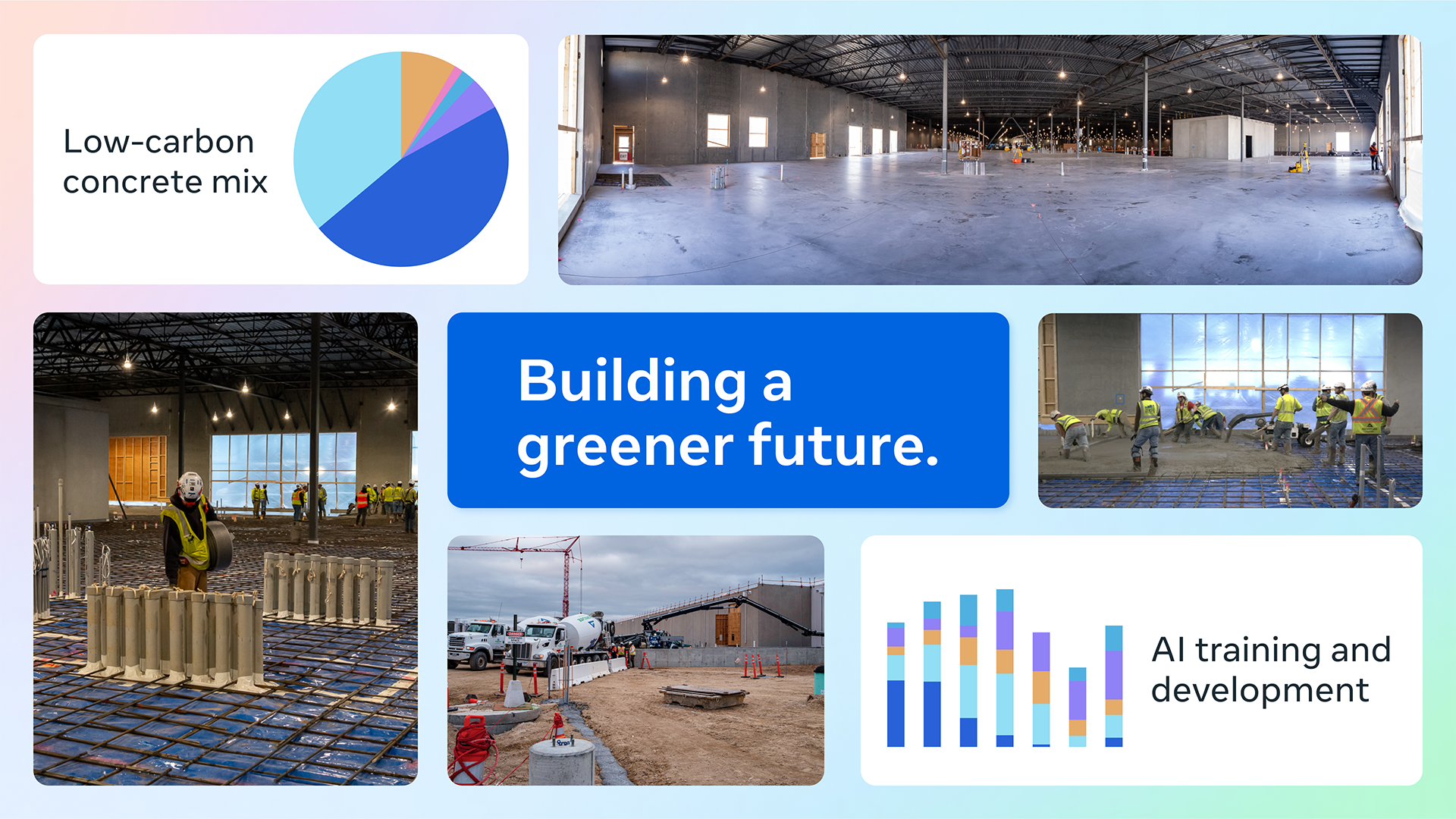
Meta 2025 Sustainability Report: Decarbonization, Water Stewardship and Biodiversity Initiatives
Sources: https://sustainability.atmeta.com/2025-sustainability-report, https://sustainability.atmeta.com/2025-sustainability-report/, Meta
TL;DR
- Meta aims to reduce Scope 1 and 2 emissions by 42% by 2031 from a 2021 baseline. Source
- By 2026, at least two-thirds of suppliers should have science-aligned emissions reduction targets.
- Meta’s Scope 3 emissions should not exceed the 2021 baseline by end-2031.
- Water stewardship targets include restoring 200% of water consumed in high-stress regions and 100% in medium-stress regions.
- Meta supports 100% renewable electricity usage and has projects contributing more than 15 GW of clean energy to grids globally.
- Since 2017, Meta has funded 40+ water restoration projects, restoring over 1.6 billion gallons in 2024 alone.
- Over 50% of operational data center campus footprint (more than 4,000 acres) is planned, installed, or preserved to support native habitats.
- Energy innovation includes exploring 1–4 GW of US nuclear capacity, piloting mass timber in data center construction, and leveraging wind/solar to add >15 GW of clean energy to grids.
- The Symbiosis Coalition aims to support up to 20 million tons of nature-based carbon removal credits by 2030.
Context and background
The 2025 Sustainability Report underscores Meta’s commitment to decarbonizing its operations in the face of rising climate impacts. Water is highlighted as a vital resource linked to healthy aquatic ecosystems, and biodiversity is framed as essential to ecosystem stability. Meta notes ongoing efforts to connect water management to technical expertise and responsible practices, and to set human rights and environmental expectations with supply chain partners. The report also emphasizes that wind and solar projects Meta supports contribute to broader grid decarbonization, reflecting a system-level approach to energy transition within the company’s value chain. For readers, this document situates sustainability within Meta’s broader mission to enable healthier communities and a net-zero reality through transparent actions and measurable outcomes. Source
What’s new
Meta details a suite of ambitious but articulated targets and ongoing initiatives:
- Emission reductions: Reduce Scope 1 and 2 emissions by 42% by 2031 from a 2021 baseline; keep Scope 3 emissions at or below the 2021 baseline by 2031; and enable supplier science-based targets by 2026, with at least two-thirds of suppliers meeting these targets. Table below summarizes key targets.
- Energy and electricity: Meta continues matching 100% of electricity use with clean and renewable energy; its supported wind and solar projects are contributing more than 15 GW of clean energy to grids globally.
- Water and biodiversity: The company aims to restore 200% of water consumed in areas of high water stress and 100% in medium stress regions; more than 40 water restoration projects funded since 2017, with 1.6 billion gallons restored in 2024 alone. About half of owned data center footprint (over 4,000 acres) is planned, installed, or preserved to support native habitats.
- Data center and construction innovations: Mass timber piloting is being explored to reduce emissions in data center construction; data centers pursue LEED Gold or higher certification.
- Nuclear and advanced energy: Meta is pursuing 1–4 GW of nuclear generation capacity in the US by partnering with developers to accelerate availability and reduce costs.
- Nature-based carbon removal: As part of the Symbiosis Coalition, Meta supports up to 20 million tons of nature-based carbon removal credits by 2030.
Note: Construction Waste is defined as waste materials generated during the construction, renovation and demolition of buildings and roads; the report states that some waste was diverted from landfills in 2024.
Why it matters (impact for developers/enterprises)
For developers and enterprises, the Meta plan demonstrates how large-scale tech operations can align carbon reduction with operational efficiency and resilience. Reducing energy intensity in data centers, expanding renewable energy use, and piloting sustainable construction methods (such as mass timber) can inform supplier choices, procurement strategies, and building standards across the tech and broader industrial sectors. Water stewardship and biodiversity efforts are equally relevant for sites in water-stressed regions and for projects near sensitive ecosystems, signaling how tech campuses can embed environmental safeguards into site selection, construction, and operations. Supplier engagement and human rights standards illustrate a pathway for partners to meet stringent environmental and social governance expectations, which is increasingly important for enterprise ecosystems, regulatory compliance, and investor confidence.
Technical details or Implementation
- Emissions targets and monitoring: Scope 1/2 emissions targeted for a 42% reduction by 2031 against the 2021 baseline; Scope 3 emissions constrained to not exceed the 2021 baseline by 2031; two-thirds of suppliers to set science-based targets by 2026.
- Energy strategy: Continuous 100% renewable electricity matching; Meta-supported wind and solar projects are adding more than 15 GW of clean energy to grids globally, signaling a multi-source approach to grid decarbonization.
- Water and biodiversity actions: Meta aims to restore 200% of water consumed in high-stress regions and 100% in medium-stress regions; since 2017, more than 40 water restoration projects funded, restoring over 1.6 billion gallons in 2024. Over 50% of operational data center footprint (more than 4,000 acres) is planned, installed or preserved to support local habitats with native species.
- Construction and materials: Piloting mass timber to reduce construction emissions; continuing to pursue LEED Gold or higher certifications for owned data centers.
- Energy innovation and nuclear: Aiming to add 1–4 GW of US nuclear generation capacity by working with developers to accelerate availability and cost reductions.
- Nature-based carbon removal: As a member of the Symbiosis Coalition, Meta supports up to 20 million tons of nature-based carbon removal credits by 2030.
Key takeaways
- Meta is pursuing aggressive decarbonization for Scope 1/2 while maintaining a controlled approach to Scope 3 emissions.
- Supplier engagement is central, with a goal to enable a large share of suppliers to set science-based targets by 2026.
- Water stewardship is integrated with site planning and ecosystem health, aiming for restorative outcomes in stressed regions.
- The company is testing innovative construction and energy strategies, including mass timber and nuclear energy collaborations.
- Biodiversity and habitat programs are embedded in data center planning, with more than 4,000 acres of footprint planned to support native species.
- Nature-based carbon removal credits and large-scale renewable energy support illustrate a broad strategy to align corporate operations with climate solutions.
FAQ
-
What are Meta’s Scope 1 and 2 targets?
Reduce by 42% by 2031 from a 2021 baseline.
-
How is Meta addressing supplier emissions?
Enable at least two-thirds of suppliers to set science-aligned emissions reduction targets by 2026.
-
What about Scope 3 emissions?
Meta aims not to exceed its 2021 baseline Scope 3 emissions by the end of 2031.
-
How is water stewardship being pursued?
Restore 200% of water consumed in high water stress regions and 100% in medium water stress regions; 1.6 billion gallons restored in 2024 across over 40 projects since 2017.
-
What energy and carbon removal initiatives are highlighted?
Meta supports wind/solar projects adding more than 15 GW to grids; explores 1–4 GW of US nuclear capacity; participates in the Symbiosis Coalition to support up to 20 million tons of nature-based carbon removal credits by 2030.
References
More news
Microsoft to turn Foxconn site into Fairwater AI data center, touted as world's most powerful
Microsoft unveils plans for a 1.2 million-square-foot Fairwater AI data center in Wisconsin, housing hundreds of thousands of Nvidia GB200 GPUs. The project promises unprecedented AI training power with a closed-loop cooling system and a cost of $3.3 billion.
Breaking the Networking Wall in AI Infrastructure
Microsoft Research outlines MOSAIC, a microLED-based optical interconnect concept designed to overcome datacenter memory and network limits restricting AI performance, with potential to transform AI cluster designs.
Meta to add 100MW of solar power from US gear to back SC AI data center
Meta signs a $100 million, 100 MW solar farm deal with Silicon Ranch in South Carolina to power a planned AI data center, with most equipment made in the U.S. Operations expected in 2027.
Scaling AI Factories with Co-Packaged Optics for Better Power Efficiency
NVIDIA’s co-packaged optics (CPO) approach delivers dramatic power efficiency for large-scale AI data centers, with Quantum-X Photonics and Spectrum-X Photonics enabling high-bandwidth, low-latency networking.
Introducing Stargate Norway: OpenAI's First AI Data Center in Europe under OpenAI for Countries
OpenAI announces Stargate Norway, its first AI data center initiative in Europe under the OpenAI for Countries program. Stargate underpins OpenAI’s infrastructure platform and the long-term vision to deliver AI benefits to everyone.
Using AI to make lower-carbon, faster-curing concrete
Meta developers unveil open-source AI for sustainable concrete design, optimizing strength, curing speed, and carbon footprint with Bayesian optimization and collaboration with Amrize and U of I.





